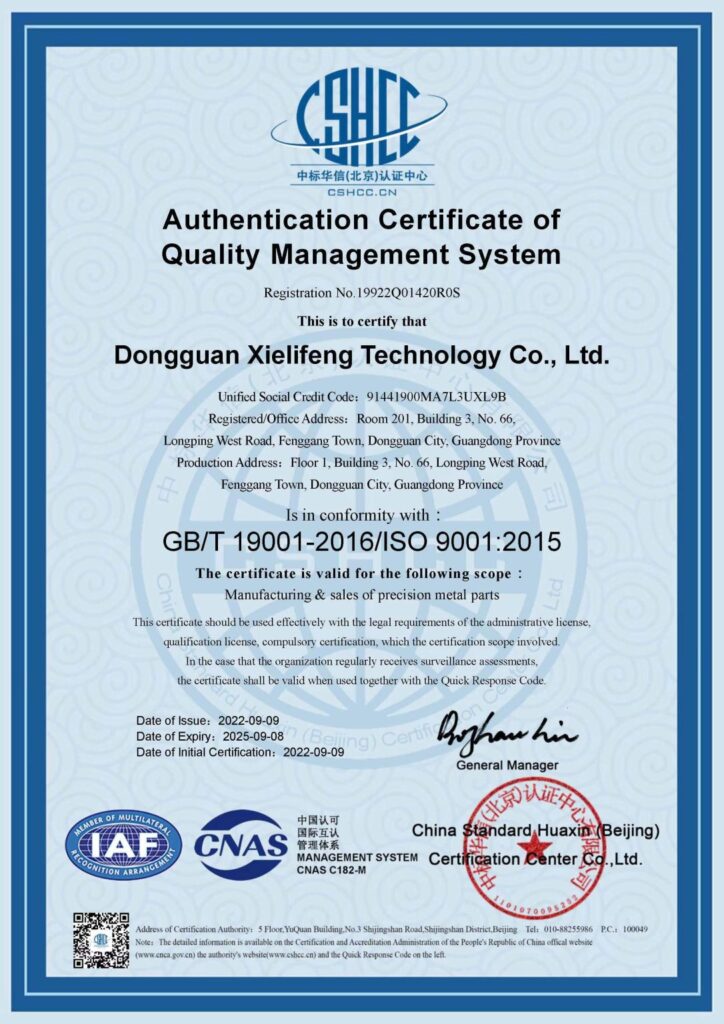3D Printing Service for Custom Parts
Custom-made 3D printing for rapid prototying, small batch production and mass production
- Rapid response: deliver the quote within 24 hours
- Rapid delivery: Complete 3D Printing the parts as fast as 24 Hours and then deliver
- Multiple processes: MJF, SLA, Polyjet, SLS, HP MJF, FDM, PolyJet and DMLS
- Various materials: 100+ types of plastic and metal 3D printing materials available
- High capacity: 80+ manufacturing machines for quick turnaround time
- Quality guarantee: 100% quality products or we cover the cost of any defects.

What is 3D Printing
3D printing is a process where a physical 3D object is created from a digital model or design using a 3D printer. The process typically involves slicing the digital model into layers, which are then printed one layer at a time until the physical object is complete. Different materials can be used for 3D printing, including plastics, metals, and ceramics. 3D printing has a wide range of potential applications, including prototyping, creating replacement parts, and producing custom-made products. It has also led to advancements in various fields such as medical research, aerospace, and architecture.



Key features of the materials for 3D printing
| Material | Ordinary resin | 9400 resin | High toughness resin | Transparent resin | Translucent resin | Black photosensitive resin | Photosensitive resin | Nylon | Red wax | AISi 10Me | 316L |
|---|---|---|---|---|---|---|---|---|---|---|---|
| Heat distortion | 46℃ | 46℃ | 50℃ | 47℃ | 50℃ | 63℃ | 99.6℃ | 173℃ | 100°℃ | 150℃ | 500℃ |
| Minimum wall thickness | 0.6mm | 0.6mm | 0.6mm | 0.6mm | 0.6mm | 0.6mm | 0.6mm | 0.5mm | 0.5mm | 0.3mm | 0.2mm |
| Minimum Aperture | 1mm | 1mm | 1mm | 1mm | 1mm | 1mm | 1mm | 1.2mm | 0.2mm | 1mm | 1mm |
| Hardness | 79 | 79 | 85 | 87 | 80 | 88 | 85 | 86 | 65 | 120 | 250 |
| Tensile Strength (Tension) | 47mpa | 47mpa | 56mpa | 50mpa | 47mpa | 55mpa | 44mpa | 50mpa | 430mpa | 600mpa | |
| Tensile Strength (Break) | 40mpa | 33-40mpa | 60mpa | 56mpa | 40mpa | 65mpa | 52mpa | 70mpa | 38mpa | None | None |
| Bending strength | 69mpa | 67mpa | 74mpa | 84mpa | 67mpa | 40mpa | 69mpa | 80mpa | 43.5mpa | None | None |
| Flexural modulus | 2222mpa | 2222mpa | 2275mpa | 2490mpa | 2222mpa | 3100mpa | 3200mpa | 2800mpa | 1431mpa | None | No |
Plastic 3D printing
Plastic 3D printing, also known as additive manufacturing, is a process of creating three-dimensional objects by adding layers of plastic material one on top of the other until the final shape is achieved. This is done using a 3D printer that follows a digital design file to create the object.
There are several methods of plastic 3D printing, including Fused Deposition Modeling (FDM), Stereolithography (SLA), and Selective Laser Sintering (SLS). FDM is the most common method, which involves melting a plastic filament and depositing it layer by layer onto a build plate.
Plastic 3D printing is used in a variety of industries, including automotive, aerospace, medical, and consumer products. It is a cost-effective and efficient way of producing prototypes and small-scale production runs, and it also allows for the creation of complex shapes and geometries that are difficult to achieve with traditional manufacturing methods.


Metal 3D printing
Metal 3D printing, also known as metal additive manufacturing, is a process of creating three-dimensional objects by adding layers of metal powder or wire one on top of the other until the final shape is achieved. This is done using a 3D printer that follows a digital design file to create the object.Metal 3D printing is used in a variety of industries, including aerospace, automotive, medical, and industrial manufacturing. It allows for the creation of complex geometries, improved component performance, and reduced production time and costs compared to traditional manufacturing methods. Metal 3D printing also allows for the creation of customized and one-of-a-kind parts, such as patient-specific medical implants or aerospace components with unique designs.

